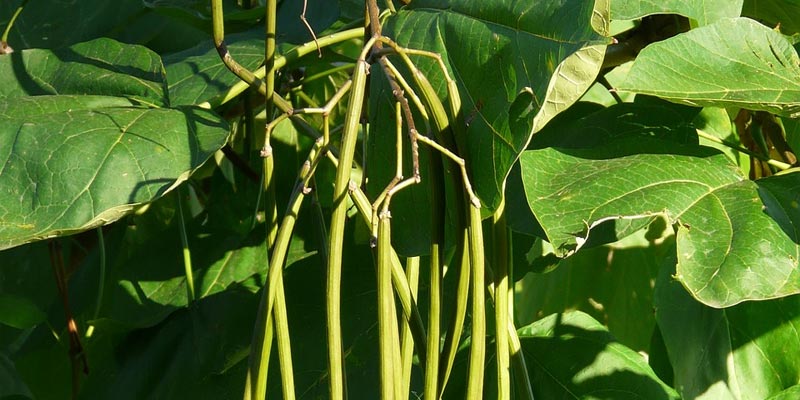Snap beans or string beans, commonly referred to as green beans, enjoy popularity and offer nutrition in garden harvests and dinner spreads. Nonetheless; can these resilient legumes endure frost? This query holds critical importance for gardeners, especially those residing within regions characterized by capricious weather patterns.
This article delves into the cold tolerance of green beans: it examines their capacity to withstand frost and offers protective tips for chilly temperatures.
Understanding Green Bean Varieties
Various varieties of green beans present distinct characteristics, among them is cold tolerance. The two primary types are bush beans and pole beans, each containing numerous cultivars within their category.
Their ability to withstand frost significantly hinges on the variations in their genetics.
Cold Tolerance of Green Beans
Mostly regarded as moderately cold-tolerant plants, green beans exhibit a preference for warm weather and flourish within the temperature range of 70°F to 85°F (21°C – 29°C); nevertheless, numerous varieties withstand light frosts and cooler temperatures—particularly during their initial growth phase.
More mature green bean plants exhibit a higher resistance to frost damage compared to their younger counterparts. Upon attaining a specific stage of development, the hardiness and resilience of these plants increase in the face of colder conditions.
The more established root system and stronger overall structure in mature plants contribute significantly towards this phenomenon.
Factors Affecting Frost Tolerance
Several factors can influence the frost tolerance of green beans:
1. Variety Selection: In the realm of variety selection, breeders specifically engineer certain green bean varieties for enhanced cold resistance; hence, when you embark upon selecting seeds, prioritize those known for their capacity to brave cooler temperatures.
2. Planting Time: Crucial to successful green bean planting is accurate timing; should one choose a time too early in the spring and proceed with planting, frost damage could jeopardize the young seedlings, a risk that cannot be overlooked. By planting after the last anticipated frost date in your region, you can actively mitigate this risk.
3. Soil Temperature: For optimal germination, green beans favor soil temperatures above 50°F (10°C); however, the presence of cold soil can impede this process, not only that but it also weakens young plants. Consequently, their susceptibility to frost damage increases significantly.
4. Cultural Practices: Green bean plants’ overall health and resilience significantly benefit from proper care and maintenance, and adequate watering, along with the provision of sufficient nutrients. Moreover, healthy plants demonstrate enhanced capacity to endure environmental stressors such as frost.
Protecting Green Beans from Frost
When frost looms, it remains prudent to safeguard green beans – despite their moderate tolerance for cold. Consider the following strategies:
1. Covering Plants: To protect green bean plants from forecasted frost overnight, cover them with blankets, cloths, or frost cloth; this method traps heat by safeguarding the plants against potential damage caused by low temperatures.
2. Mulching: Mulching involves the application of a layer of mulch around the base of green bean plants; this practice regulates soil temperature–a crucial preventive measure against deficient levels during frosty nights.
3. Watering: Plants that receive adequate hydration exhibit reduced susceptibility to frost damage; therefore, it is imperative you prioritize the water needs of your green beans. Be cautious not to overwater, a practice that may engender other issues.
Conclusion
In conclusion, green beans possess the capacity to endure light frosts and cooler temperatures; however, such resilience hinges upon an array of factors, the specific variety being one, along with planting time and overall plant health.
Gardeners who grasp this cold tolerance of green beans can implement protective measures as necessary; thus, they might savor a bountiful harvest from these versatile and nutritious vegetables even in regions marked by capricious weather.



